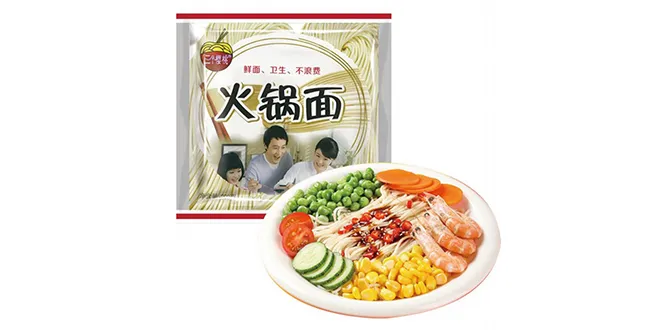Crafting Your Own Delicious Handmade Noodles at Home
Handmade Noodles A Culinary Art Form
Noodles are a staple food in many cultures around the world, but handmade noodles hold a special place in the hearts and kitchens of those who appreciate the artistry of cooking. The process of making noodles by hand is not just a gastronomic endeavor; it is a tradition steeped in history, culture, and a deep connection to the community.
The journey of creating handmade noodles begins with the choice of ingredients. At its core, the basic recipe for noodles is remarkably simple flour, water, and a pinch of salt. However, the type of flour used can significantly impact the texture and flavor of the noodles. In many Asian cultures, wheat flour is commonly used, while in Italy, durum wheat flour is preferred for its high gluten content, making the pasta toothsome and resilient. Some artisans even incorporate additional ingredients, such as eggs or spinach, to enhance both the nutritional value and the visual appeal of the noodles.
Handmade Noodles A Culinary Art Form
After kneading, the dough needs time to rest. This waiting period allows the gluten to relax, making it easier to roll out the dough into thin sheets. Patience is key at this stage, as the time spent resting will yield a more pliable noodle. With a rolling pin or a pasta machine, the dough is stretched and rolled out, and this is where the noodle maker’s skill really shines. Achieving the perfect thickness is an art; too thick, and the noodles become heavy and dense, too thin, and they risk tearing.
hand make noodles

Once the dough reaches the desired thickness, it’s time to cut the noodles. The techniques for cutting vary widely across cultures. In Italy, pasta is often cut into various shapes and sizes, from fettuccine to pappardelle. In Asian cuisine, noodles may be sliced into wide bands or finely shredded. The joy of cutting noodles is that it offers endless possibilities; you can create ribbons, squares, or even intricate shapes that are both beautiful and appetizing.
Cooking handmade noodles is just as important as crafting them. Freshly made noodles cook quickly, often needing only a few minutes in boiling water. The resulting texture is unbeatable; they have a unique al dente bite that is the hallmark of good craftsmanship. In many noodle dishes, these delicate strands will soak up the flavors of the broth or sauce, making each bite a heavenly experience.
Serving handmade noodles is an act of love. In many cultures, a bowl of noodles signifies celebration and togetherness. From Italian Sunday dinners with family gathered around the table to Chinese New Year celebrations featuring longevity noodles, these dishes often symbolize prosperity and happiness. The simple act of sharing a bowl of noodles can forge connections between people and generations, evoking memories of shared laughter and stories.
In conclusion, handmade noodles represent far more than just a type of cuisine; they embody tradition, culture, and love. The art of making noodles by hand combines skill, passion, and patience, resulting in a dish that is rich in flavor and history. Whether enjoyed in a bustling street market or a cozy family kitchen, handmade noodles tell a story that goes beyond their humble ingredients. The experience of crafting these delicious strands is a beautiful reminder of the joy found in cooking and the connections we forge through food. So next time you savor a bowl of homemade noodles, take a moment to appreciate the artistry behind them and the culture that has nurtured this culinary treasure through the ages.
-
Unleash Your Inner Chef with Delectable Italian Pasta CreationsNewsAug.01,2025
-
Savor Health and Flavor: Irresistible Soba Noodles for Sale Await!NewsAug.01,2025
-
Nourish Your Body with Premium Organic Ramen - A Culinary Delight AwaitsNewsAug.01,2025
-
Elevate Your Dishes with Our Exquisite Kinds of Egg NoodlesNewsAug.01,2025
-
Dive into Flavorful Convenience with Our Ramen OfferingsNewsAug.01,2025
-
Discover Exquisite Types of Naengmyeon and Chilled Soba NoodlesNewsAug.01,2025
-
Is Whole Wheat Pasta Healthy?NewsMay.30,2025
Browse qua the following product new the we

















































































































